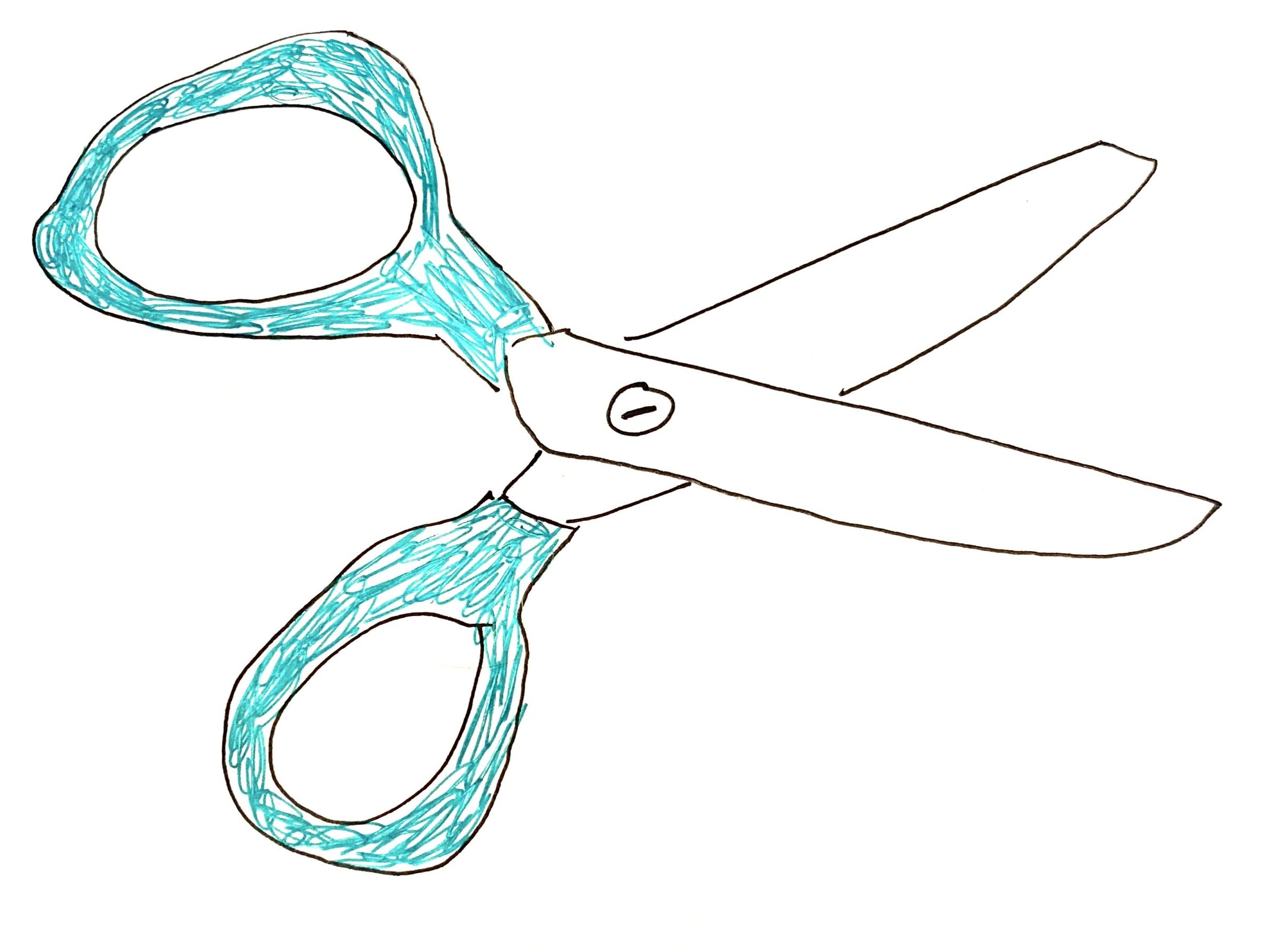Welcome to WordPress. This is your first post. Edit or delete it, then start writing!
Category: Uncategorized
“…there is no such thing as writing that is “interface-free”; all writing comes to us through an interface, and the precise ways in which the interface, whether it is pencil/pen/paper or the keyboard-screenmouse (KSM), frames such writing requires definition.”
-Lori Emerson (2008)
Perhaps the most immediate task for a course called digital publishing is to simply define what it means to publish digitally, identifying its authors, tools, markets, and networks. While it’s probably uncontroversial to say that ebooks, digitally-native pdfs, and traditional web texts are all comfortable examples of digital publishing, new media has increasingly complicated this task for us.
For this reason — and because I don’t have the privilege of knowing you just yet — this lesson consciously avoids those terms (though we would certainly return to them in subsequent classes). For now, we will make make it our goal to briefly explore the relationship between interfaces and public writing (i.e. writing for strangers). You’ll use print and digital publishing tools for this activity, and the point is to reflect upon your own composing practices by engaging with a particular interface that could help you reach — or possibly imagine/create/expand — certain publics. Here goes.
1. Take a quick survey on reading & public writing. Take 2-3 minutes to complete this survey, which asks you about your reading and composing practices. We’ll refer to the results later in the lesson.
“…interfaces are thoroughly rhetorical: Interfaces are about the relations we construct with each other—how we perceive and try to shape each other—through the artifacts we make for each other.”
-Wysocki and Jasken (2004)
2. Make a mini-zine. Your interface for this activity is one you’ve used many times before: a single sheet of letter-sized paper. The difference is that you are going to bend (quite literally!) the affordances of this sheet to maximize its public potential. In class I gave you a printed example of one I made (which also contextualizes zines a bit); here’s the digital version which you can print at home if you wish:
There are many different mini-zine templates/instructions online as well. Here’s one from Kickstarter:
Here’s one I distributed at a Donald Trump campaign stop last year:
trump-zine
You can create your mini-zine using the printed template on the back of the zine I just gave you, or you can download a template in any of the following formats:
At this point you might be wondering what to make your zine about. To speed up the lesson (and perhaps ease some creative anxiety), I want you to make a listicile in the form of a Top 5. Some ideas are below — and, of course, feel free to pair up with someone, make your own Top 5, or shake these up to your liking:
- Top 5 PA exports
- Top 5 boxed foods
- Top 5 underrated locations in Central PA
- Top 5 sellouts
- Top 5 movies about the apocalypse
- Top 5 gender-neutral haircuts
- Top 5 female bass players
- Top 5 vegetarian substitutes for meat
- Top 5 songs about death (natch)
You definitely won’t have time to finish this here, so plan to take 20 minutes or so to get it started. Think across pages, not just within the borders or the 8 pages of the template. Also think carefully about the finished product and the technologies you might work with if you made this a public text; namely scanners, printers, and copiers. Think in broad strokes. Think: prototype. Think: draft.
3. Question(s) for discussion:
–Creative practice: Which interface did you choose to design your mini-zine? Was it print or digital? Which application? Did this choice align with our survey results? What were its affordances and limitations? (You might think of this in terms of initial idea creation, arrangement of materials, or the mini-zine’s potential for reaching/excluding certain kinds of publics.)
–Digital publishing: How might the mini-zine help us understand digital publishing or help us invent for digital publishing projects? How does it make us conscious of certain design factors like space, time, scale, color, images, etc.?
–Rhetorical potential: Ultimately, especially given our survey results, how might we evaluate the rhetorical potential for this interface for publics? Is this something you might use again? When?
Another template
Mini-zine template
http://www.jasonluther.net/wp-content/uploads/2016/11/front.pdf
Make a mini-zine!
Please link your mini-zine below.
